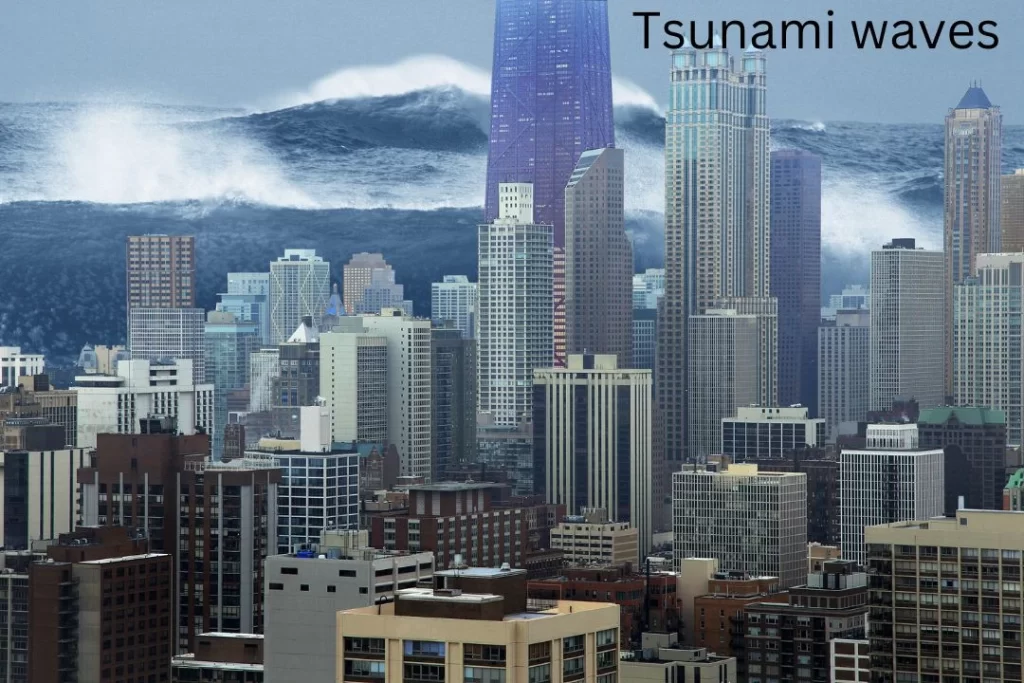APowerful 7.6-Magnitude Earthquake on the Richter scale struck the Caribbean Sea on Saturday evening (February 8, 2025), triggering emergency warnings across several coastal regions. The tremor, which occurred southwest of the Cayman Islands, prompted authorities in multiple nations to advise residents near the shorelines to seek higher ground as a precaution against potential tsunami waves.
The U.S. Geological Survey (USGS) reported that the earthquake hit at 6:23 PM local time, with its epicenter situated approximately 130 miles (209 kilometers) south-southwest of George Town, Cayman Islands. The quake had a depth of 10 kilometers, making it a relatively shallow event, which can amplify its impact on nearby regions.
Despite the quake’s intensity, the U.S. National Tsunami Warning Center clarified that there was no tsunami threat for the U.S. mainland. However, it did issue a tsunami advisory for Puerto Rico and the U.S. Virgin Islands, urging residents to remain vigilant.
Authorities in the Cayman Islands quickly responded by advising people in coastal areas to move inland and to higher ground. The region was expected to experience wave surges ranging from 0.3 to 1 meter, according to Hazard Management Cayman Islands.
Puerto Rico’s Governor Jenniffer González Colón reassured residents that she was in constant communication with emergency management teams. While a tsunami advisory was in effect, she did not recommend immediate evacuations but urged the public to stay alert to updates.
In the Dominican Republic, the government issued a precautionary tsunami warning, advising coastal inhabitants to relocate to higher areas at least 20 meters above sea level and two kilometers inland. Authorities also urged vessels to remain docked or steer clear of the coastline until further notice.
Similarly, in Cuba, officials requested that individuals residing along beachfront areas evacuate to safer locations until the potential tsunami threat subsided.
Meanwhile, authorities in Honduras reported no immediate damage but cautioned residents against visiting beaches or engaging in any maritime activities for the next several hours.
Later in the evening, the U.S. National Oceanic and Atmospheric Administration (NOAA) confirmed that tsunami waves between 1 to 3 meters above normal tide levels were possible along Cuba’s coastline. The agency also indicated that waves between 0.3 and 1 meter above tide level could affect coastal areas of Honduras and the Cayman Islands.
NOAA emphasized that actual wave heights might vary due to local geography and other environmental factors. Emergency agencies across the affected regions continue to monitor the situation closely and are prepared to take further action if necessary.
As of now, there are no reports of significant casualties or structural damage, but authorities remain on high alert. Residents in the impacted regions are encouraged to follow official updates and adhere to safety advisories to minimize risk in the event of aftershocks or secondary tsunami activity.
The earthquake serves as a stark reminder of the Caribbean’s seismic vulnerability, as the region sits along major tectonic fault lines. Experts continue to analyze the event, and further updates are expected as assessments continue in the coming hours.







